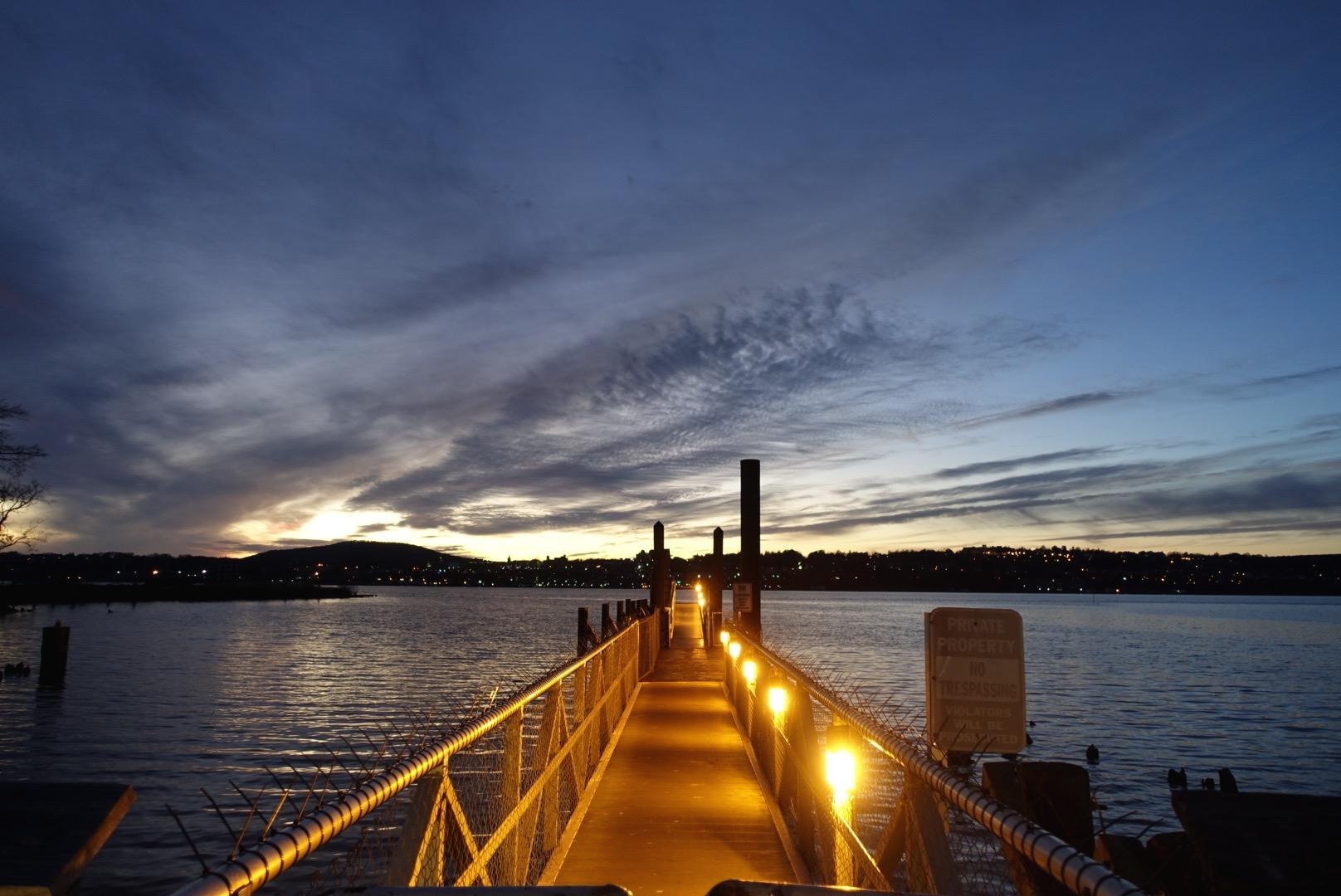| 일 | 월 | 화 | 수 | 목 | 금 | 토 |
|---|---|---|---|---|---|---|
| 1 | ||||||
| 2 | 3 | 4 | 5 | 6 | 7 | 8 |
| 9 | 10 | 11 | 12 | 13 | 14 | 15 |
| 16 | 17 | 18 | 19 | 20 | 21 | 22 |
| 23 | 24 | 25 | 26 | 27 | 28 |
- cow
- beef cattle
- 우유
- 염소
- 양
- 동물육종학
- 애니멀브리딩
- 동물복지
- 수의사
- Dressage
- 돼지
- 가축육종학
- animal breeding
- 수의학
- Anglo-Arab
- 젖소
- 동물
- Cattle
- veterinary
- 수의해부학
- 동물 복지 농장
- 수의대생
- 농장동물
- 소
- 동물복지인증
- 웰츠
- vet medicine
- 수의대
- holstein
- 산업동물
- Today
- Total
VET space / 수의대생 블로그
Role of training and racing horse breeding 말의 역할 본문
Role of training and racing horse breeding 말의 역할
에플쓰는 루카 2020. 8. 14. 01:07A8. The role of training and racing in horse breeding. The horse gaits, forms of movement

Training: Main goal is to create a horse that is safe for humans to handle, performs a useful task for human benefit & is obedient
Historically Training for warfare, farm work, sport, transport
Today Recreational/sporting activities; specialized jobs (movie stunt horses, police work & crowd control, equine-assisted psychotherapy)
Controversy exists over training methods. Some techniques are considered cruel; others are believed to be gentler & more humane.
Safety is considered to be the most important aspect when training horses, due to their size & strength. Horse must be taught to behave in a way that will not harm/ injure the handler.
Horses are social herd animals and Can learn to follow & respect a human leader
Prey animals -> ‘Fight or flight’ response. Horses must be taught to rely on humans to determine when fear/flight is an appropriate response to new stimuli & not to act on instinct (animal must learn to trust human)
Handling from an early age is advisable, Young horses are more adaptable & responsive to learning
Stages of training:
Most horses go through a predictable series of steps before becoming a ‘finished’ animal
1. Training of foals/young horses – Getting animal used to human contact & handling
2. Ground training – May involve getting animal used to vocal signals; strengthening muscles in
preparation for starting.
3. Backing/breaking in (saddle or harness) STARTING A HORSE!!!
4. Training for specific discipline
Racing : a performance testing for speed, skillfulness, stamina, jumping ability.
Racing can be under saddle/ in harness
The horse Gaits
The horse has four natural gaits – walk, trot, canter, gallop.
1. Walk: 4 beat gait
~6.4 km/hr
when the walk begins with the left hindleg, the sequence is the- LH, LF, RH, RF (4 gait)
medium walk/ collected walk/ extended walk/ free walk.
2. Trot: 2 beat gait
~13 km/hr
Diagonal pairs move synchronously & in unison Variations of trot: movements are Piaff (trotting ‘on the spot’)/ Passage (exaggerated trot with slow motion)
Piaff: a dressage movement where the horse is in a highly collected & cadenced trot, in place or nearly in place
LH RF --> RH LF --> LH RF ----> (2 gait)
3. Canter= short gallop : 3 beat
Controlled, 3 beat gait
Lh --> left diagonal = lh and rf touch the ground simultaneously --> rf = leading leg
~16-27km/hr (depending on length of stride)
Variation: Lope. Slow canter seen in Western riding.
4. Gallop: 4 beat gait
Fastest natural gait with variations in the sequence according to speed (flying in the air)
LH, RH, LF, RF followed by a period of suspension with all feet off the ground
Other gaits
- Specialized gaits: lh – lf- rh – rf
All specialized gaits are faster than a walk but usually slower than a canter
May be inheritable/able to be taught with minimal training
Types of specialized gaits:
- Missouri Foxtrotter
Fox trot : 4 beat diagonal gait
- Peruvian Paso/Paso Fino
Paso : smooth, intermediate ambling gaits. Lateral 4 beat ‘pacer’
- Five-Gaited American Saddlebred
Rack/racking : lateral “pacer” with action
- Tennessee Walking Horse
Running walk 4 beat lateral gait, flat and smoothy
- Icelandic horse
Tolt / “ flying pace ”: very fast 4 beat lateral “running walk” with action. (2 legs on same side move simultaneously) Inherited recessively. Faster than trot
- Jump : another type of special gait, Can be learned or taught!
- Swimming : occurs in trotting gait !
'Animal breeding[동물 육종학] > Horse[말]' 카테고리의 다른 글
| Horse types 말 타입 (0) | 2020.08.16 |
|---|---|
| Main reproduction features of the horse 말의 생식 기능 특성 (0) | 2020.08.15 |
| Utilization of horse (0) | 2020.08.13 |
| Evolution and domestication of the horse. 말의 가축화 (0) | 2020.08.12 |
| 10. Technology of sport horse breeding 말의 육종 기술, 경주마 (0) | 2020.08.07 |



